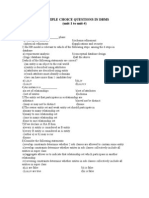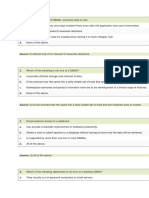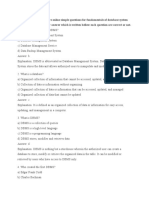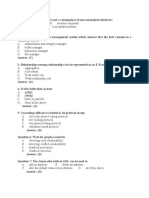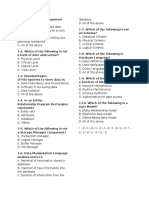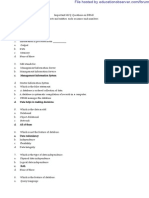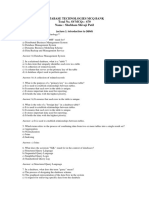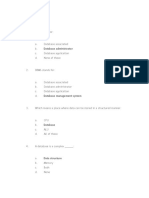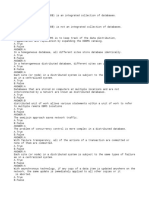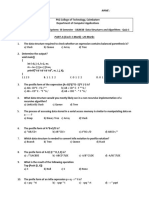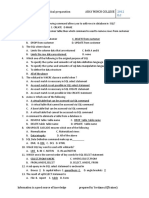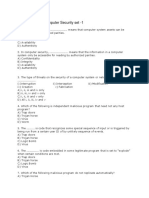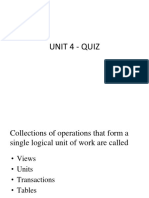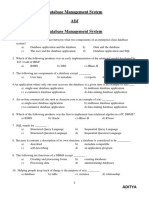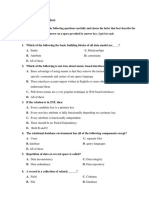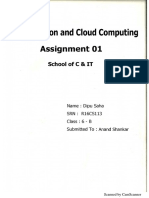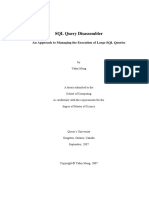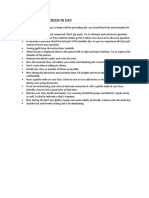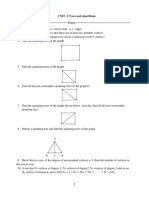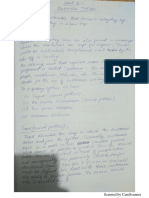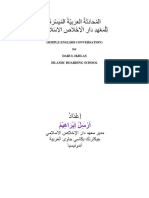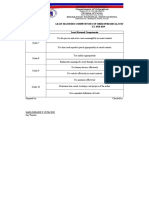0% found this document useful (0 votes)
717 views5 pagesDatabase Quiz for IT Students
The document contains a set of multiple choice questions about database concepts such as:
- Components of a database like user data, metadata, reports and indexes
- Relational database management systems and relational algebra
- Normalization forms like BCNF that prevent data anomalies
- Database elements like rows, relations, attributes, keys and how they relate
- Entity-relationship modeling concepts
- Structured Query Language (SQL) statements, constraints, transactions and more
- Database design principles regarding data modeling, normalization and integrity
Uploaded by
DipuCopyright
© © All Rights Reserved
We take content rights seriously. If you suspect this is your content, claim it here.
Available Formats
Download as PDF, TXT or read online on Scribd
0% found this document useful (0 votes)
717 views5 pagesDatabase Quiz for IT Students
The document contains a set of multiple choice questions about database concepts such as:
- Components of a database like user data, metadata, reports and indexes
- Relational database management systems and relational algebra
- Normalization forms like BCNF that prevent data anomalies
- Database elements like rows, relations, attributes, keys and how they relate
- Entity-relationship modeling concepts
- Structured Query Language (SQL) statements, constraints, transactions and more
- Database design principles regarding data modeling, normalization and integrity
Uploaded by
DipuCopyright
© © All Rights Reserved
We take content rights seriously. If you suspect this is your content, claim it here.
Available Formats
Download as PDF, TXT or read online on Scribd
/ 5








